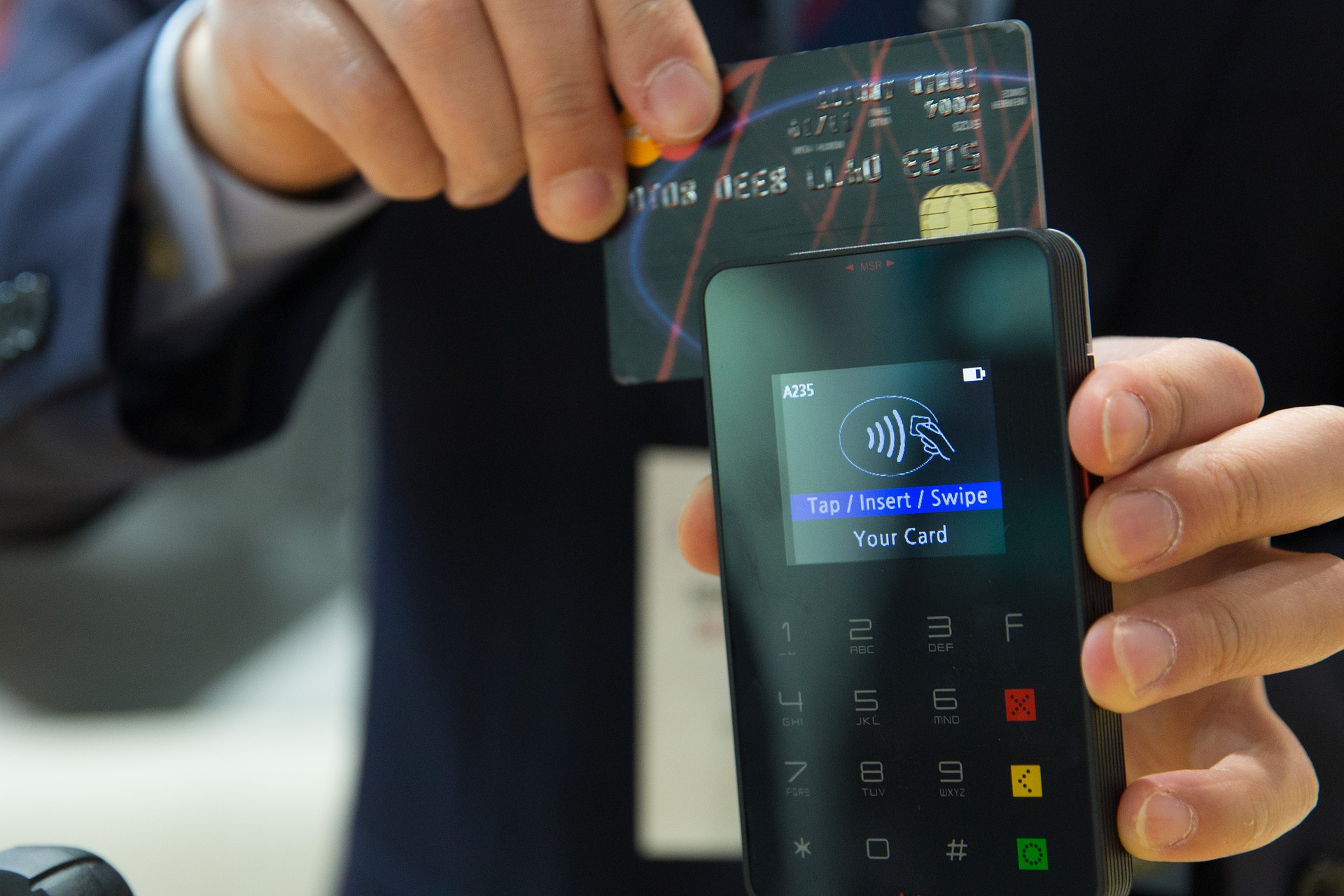This article originally appeared on business2community.com
Dusty Wunderlich — May 18, 2015
In today’s economy, it is more stressful than ever for consumers to make big purchases, especially when those purchases pop up unexpectedly. This happens when an old refrigerator finally croaks, or when a tire blows out on the way to work.
Even with contingency funds in place, consumers often struggle with these unexpected expenses. The average American doesn’t have beaucoup bucks sitting around these days.
Adding to this financial crunch is the fact that 56 percent of American consumers have subprime credit scores, and many others have a thin — or no — credit file, making it hard to get traditional loans.
For these reasons, more and more companies and industries are enacting recurring subscription payment and micropayment systems. This is becoming especially common with online commerce.
Micropayment plans help consumers by chopping large purchases into small, manageable payments. Companies that offer these services make any purchase above $500 much more accessible to the average customer.
Consider this a modern-day layaway system.
It really doesn’t matter what industry you work in. Both essential and non-essential goods and services are solid candidates for micropayment options. But still, it seems that some companies are reluctant to offer this system.
Eliminating Micropayment Risk
There are companies that feel the risks of micropayments outweigh the rewards. They worry that micropayment systems bring baggage that will actually hurt their businesses. What if consumers don’t fully pay for the item? What is the easiest way to keep track of these payment systems?
But these companies are missing out on a significant business opportunity — one that I think could provide millions of dollars in profit. I’ve polled several businesses that have adopted micropayments, and some reported up to a 30 percent increase in sales.
Some progressive companies have started using data to determine price points and payment options. Amazon, for example, is a leader in dynamic pricing and updates its prices every 10 minutes based on live data. On a more basic level, technology and data can be used to create an effective and logical payment system for your company.
Unfortunately, most traditional financial institutions have yet to fully catch up with changes in the virtual marketplace. Lenders continue to look at old data from credit bureaus in order to assess whether micropayment systems are effective for companies. This one-size-fits-all approach is no longer feasible in a data-driven economy.
Enhancing Your Offerings
Companies often dismiss micropayment systems because they feel like their current offerings are working just fine. If it isn’t broken, why should they fix it?
These companies fail to realize the true benefits of micropayments: how they enhance what you’re already doing and lead to growth.
Companies that offer non-essential goods need to pay the closest attention. They must fight the hardest for discretionary income, and it’s easier than ever for customers to shop around and compare purchasing options. Setting prices too high and not offering micropayment solutions will ultimately lead to lost business.
If you’re unsure whether your product or service is a good fit for micropayments, ask yourself the following questions:
- Who is my ideal customer?
- Who is my actual customer?
- How much business do I lose because of my prices?
- Is my product an essential or non-essential item?
Answering these questions will lead you to identify your opportunity cost, which is crucial in deciding whether micropayment programs are right for you. As a business leader, the financial health of your company depends on how well you understand your current customers and your ability to identify the potential customers you’re missing.
Putting Micropayments Into Action
Once you decide to pursue micropayments, consider these four factors:
- Be ready to work. Micropayment plans bring added responsibilities. Make sure your company has the manpower and drive to properly research, enact, and maintain a system.
- Be ready to pay. These systems cost money to create and maintain. Assess your company’s finances and determine if it has the cash flow to properly support a system. In some cases, outsourcing to a third party finance company is the best choice.
- Be ready to outsource. Outsourcing allows for the immediate use of micropayments without the hassle and liability of creating and maintaining your own system. When choosing a third party, look for companies that pay the highest percentage of the product cost and have fair and flexible programs for customers.
- Be sure you actually need it. Before you do anything, make sure that your business will actually benefit from adding a micropayment option. Do your customers really need this ability, or would adding it only muddle your processes?
Dive into your sales data and determine whether micropayments are right for your company. When offered correctly, they not only boost revenue but also open companies up to whole new markets.
Read more at http://www.business2community.com/customer-experience/offering-alternative-payment-options-good-business-bet-01224092#VVuKZFo4blPJgC5E.99
